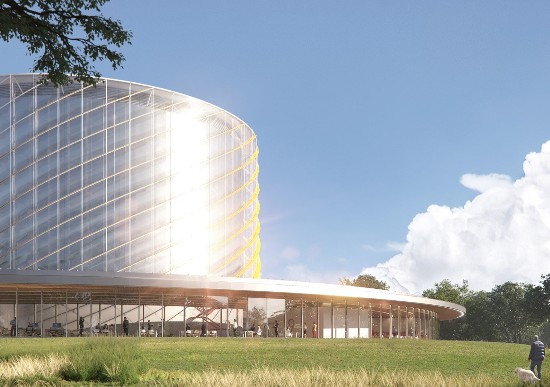A fellow futurist asked this question in a recent survey and got lots of interesting answers that talked about artificial intelligence, brain-computer interfaces, stem cell therapies, robots, space tourism, and more. I didn’t pause for a second in putting down my response: commercial fusion reactors.
The fanciful dream of unlimited clean energy through the harnessing of nuclear fusion, in my opinion, will be the most significant advance humanity makes in the next 15 years because its implications are so significant. It will truly end our need to use fossil fuels for power generation. That means no more carbon emissions to fuel global warming. Fusion energy will become a backup for intermittent renewables as well as a peak-demand source of power that will be carbon-free.
Candidate fusion prototypes exist on the drawing boards of many companies and in university laboratories these days. Demonstration systems are being built, some costing tens of billions of dollars. But most are not even close to being ready for prime time.
One, however, appears to be moving closer to the finish line than the rest. The Canadian company, General Fusion, recently was awarded a contract in the United Kingdom to build a fusion power plant demonstrator near Oxford, England. It will be 70% to scale of what eventually will become the first working commercial fusion reactor. The project completion date is 2025.
This is not the first time I have come across or written about General Fusion. My first introduction to the company was back in 2013 when it announced it was about 15 years away from developing viable commercial fusion. I wrote about it then. Three years later the company made the news once more as it perfected its technology and received investment backing from the Canadian government. Since then General Fusion has received a cash infusion from the likes of people like Amazon’s Jeff Bezos.
The demonstrator reactor in the UK will cost approximately $400 million with much of the money coming from that government. Its purpose will be to demonstrate that Magnetized Target Fusion (MTF) technology works reliably for power generation. To move past the 70% to full commercial implementation, the company will build a follow-up facility and switch fuels from pure deuterium to a deuterium-tritium mix to push energy output to vastly exceed input making it commercially viable.
MTF involves a spherical chamber confining a superheated plasma fuel. In the demonstrator that is deuterium. The confinement is produced using powerful magnets. Pistons located outside the sphere compress the plasma heating it to 100 million degrees Celsius (over 180 million Fahrenheit) which causes fusion to occur. The heat from fusion transfers to liquid lead-lithium that is rotating within the interior of the sphere. Using that heat allows the facility to power a steam turbine which is connected to a generator to produce electricity.
Once complete and operating as a demonstrator, how many more years will it be before a fully operational nuclear fusion plant will replace it? Here is where my fifteen-year projection seems spot on. The demonstration reactor should be up and running in three years. Let’s say it runs successfully for five years thereafter, then the building of a full-scale reactor may take another five years before it’s ready for commercial use. That takes us to a little before 2035 to see the first fusion energy reactor producing power to light and heat UK homes and businesses.
What issues remain before fusion replaces fossil fuel-powered thermal energy plants? Currently, we cannot solely rely on intermittent renewable power to meet the energy demands of the world for the remainder of this century. Fusion reactors that produce no nuclear waste issues, and no greenhouse gas emissions to drive global warming, provide an answer. A better solution than current fission reactor technology as a backup to intermittent solar and wind, fusion can be the world’s energy game-changer.
In business there is an old saying: first to market brings legitimacy. In this case, General Fusion is ahead of the pack although others are waiting in the wings to try and outflank the Canadian company.
Issues still to be resolved include a reliable and abundant source of the materials and fuel needed for fusion reactors. Is there sufficient deuterium and tritium?
Deuterium, also known as hydrogen-2 or heavy water is used today in CANDU fission reactors, a technology that has been operating in Canadian-designed reactors for nearly 70 years. Tritium is a radioactive isotope of hydrogen that CANDU reactors produce from deuterium. Tritium is produced as well by irradiating lithium which can be done in other fission reactor systems that don’t use deuterium. Then there are other potential material sources such as the lunar regolith which has an abundance of hydrogen radioactive isotopes to mine.
So, getting back to the survey question I and others were asked, there is no doubt in my mind that fusion reactors within 15 years will bring to our planet abundant emission-free energy as we have never seen before.

















[…] fusion projects. Two will have commercial demo reactors in place by 2025. One of these is near Oxford in the UK and the other in Massachusetts. ITER, the world’s largest fusion experiment will […]